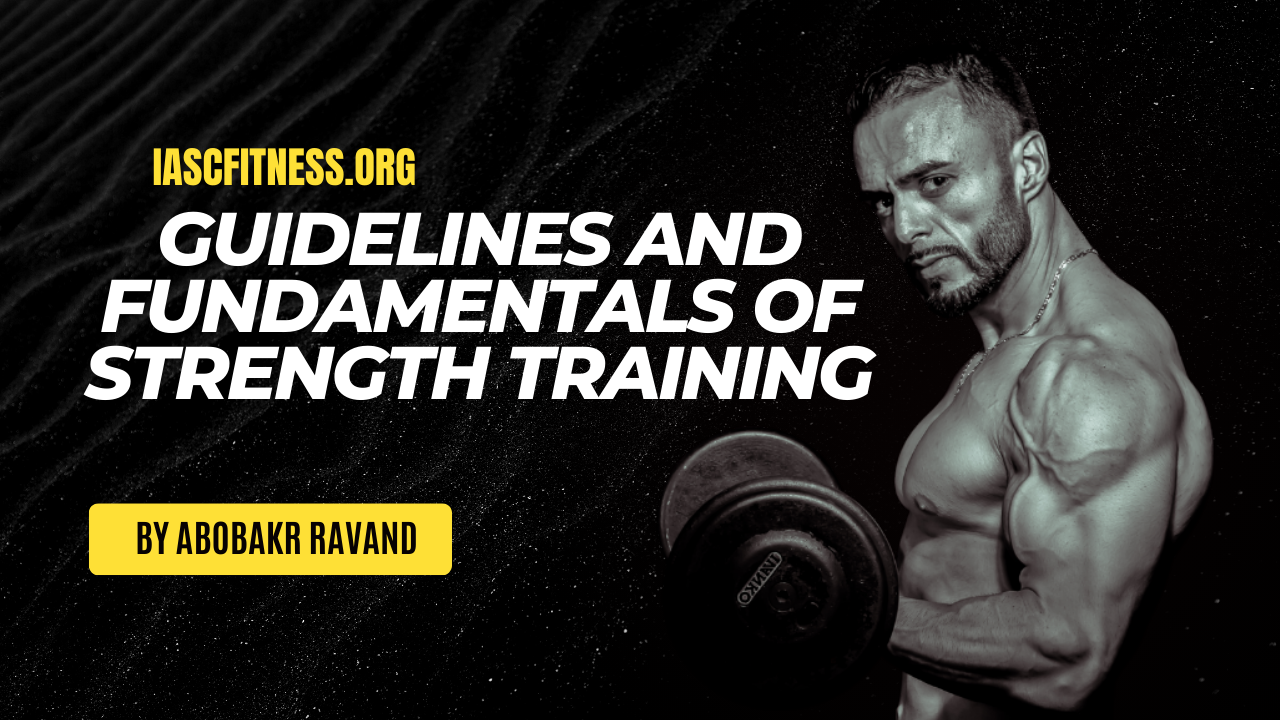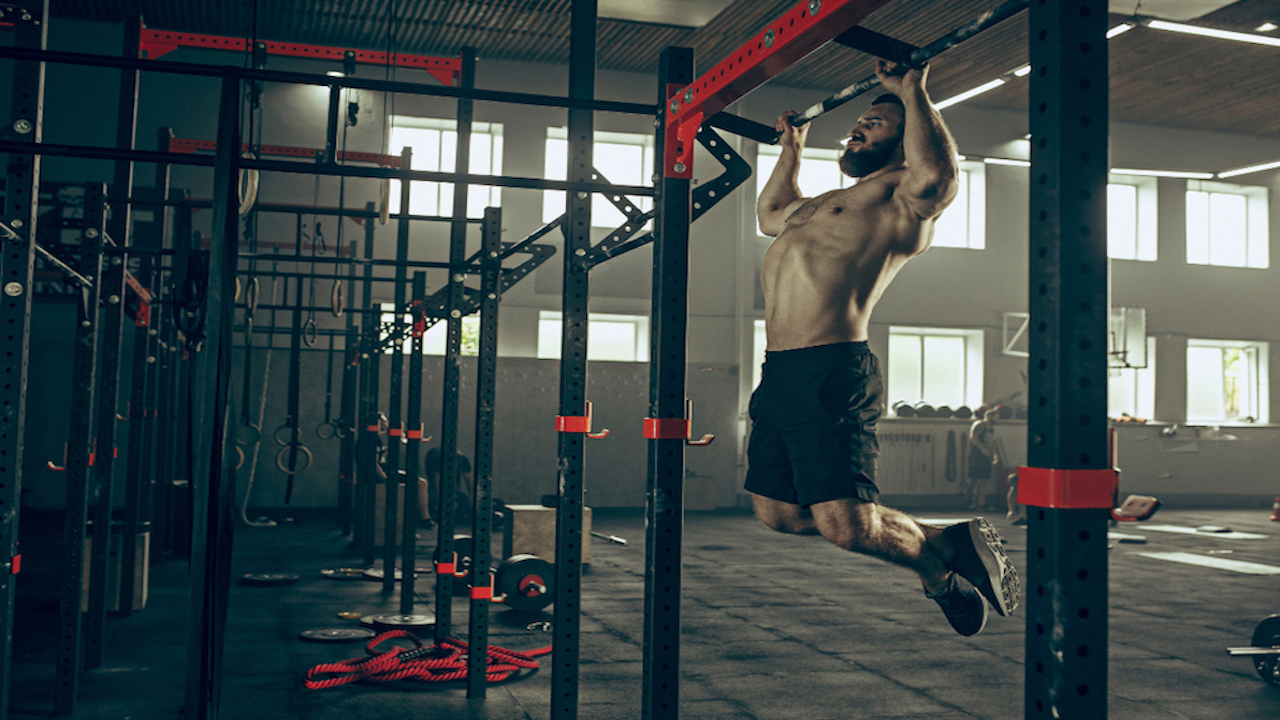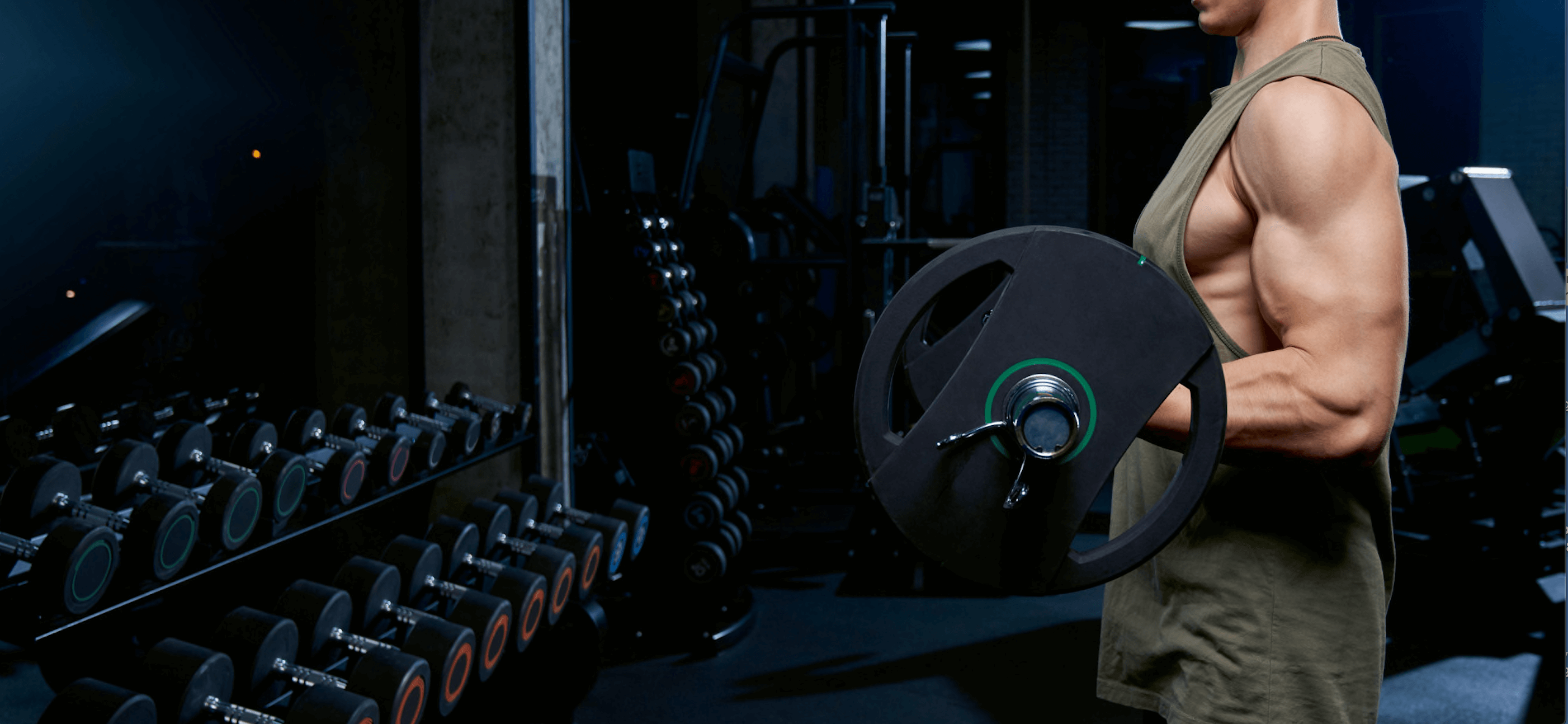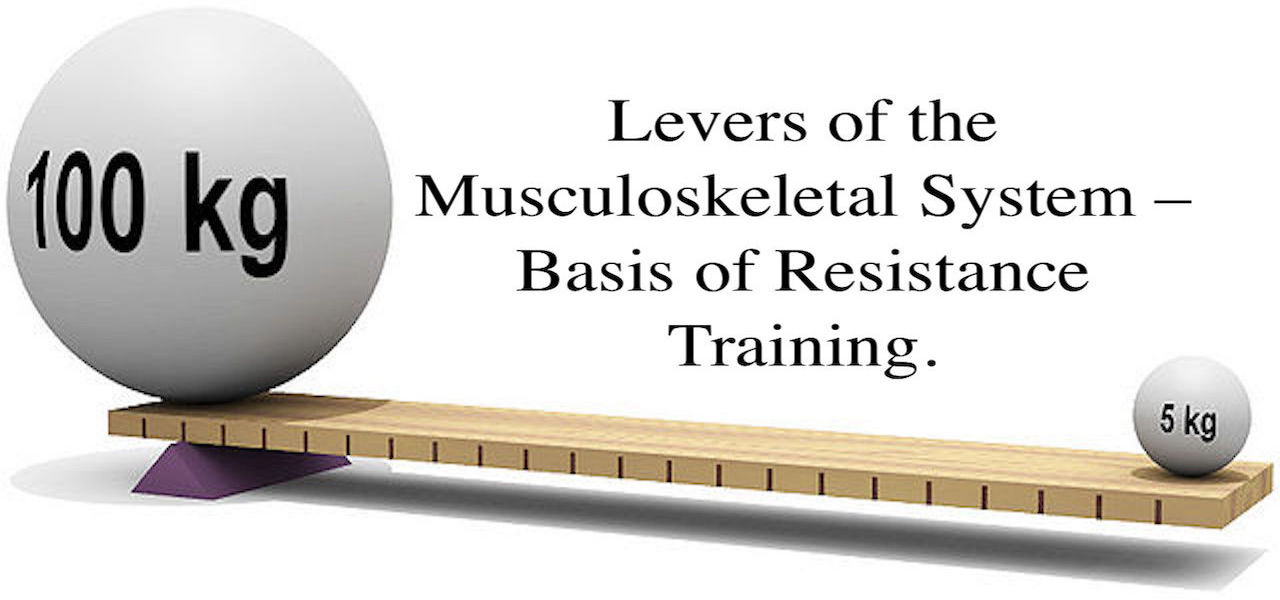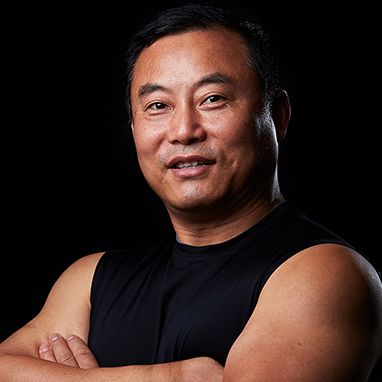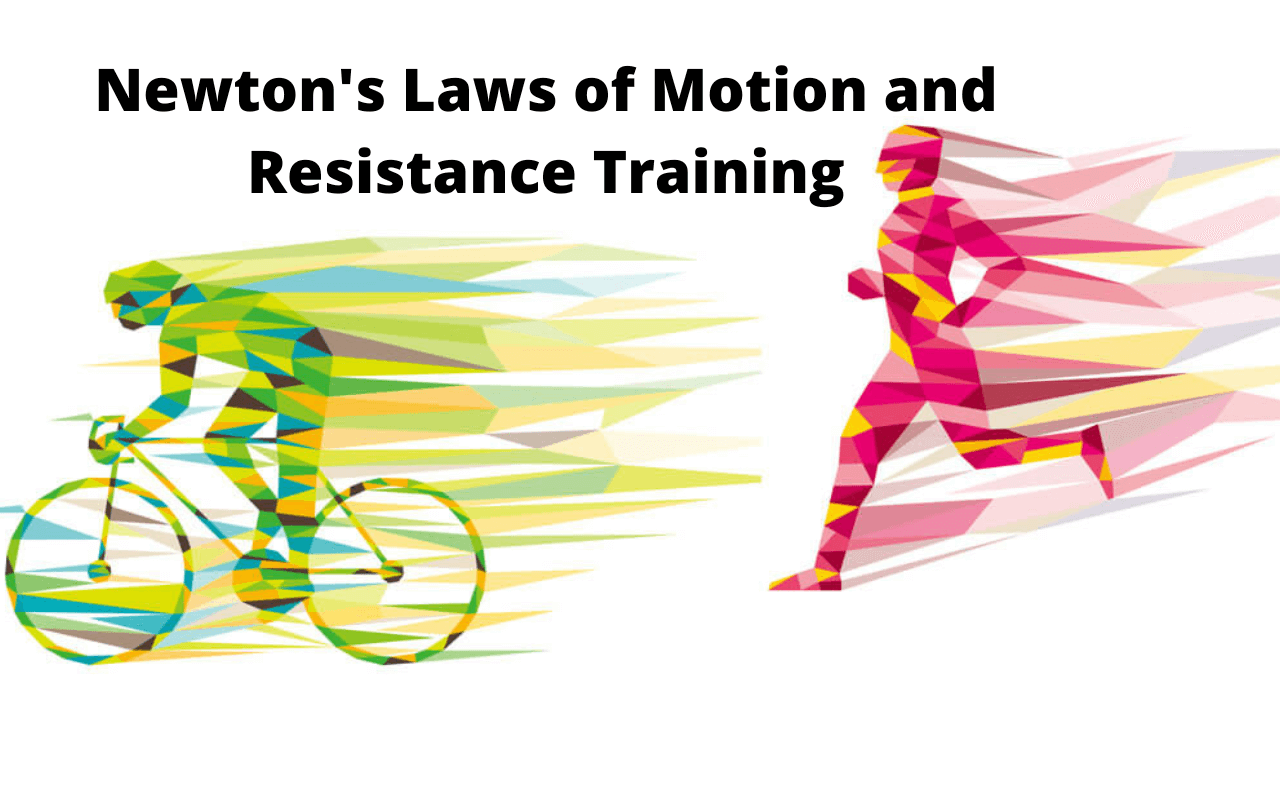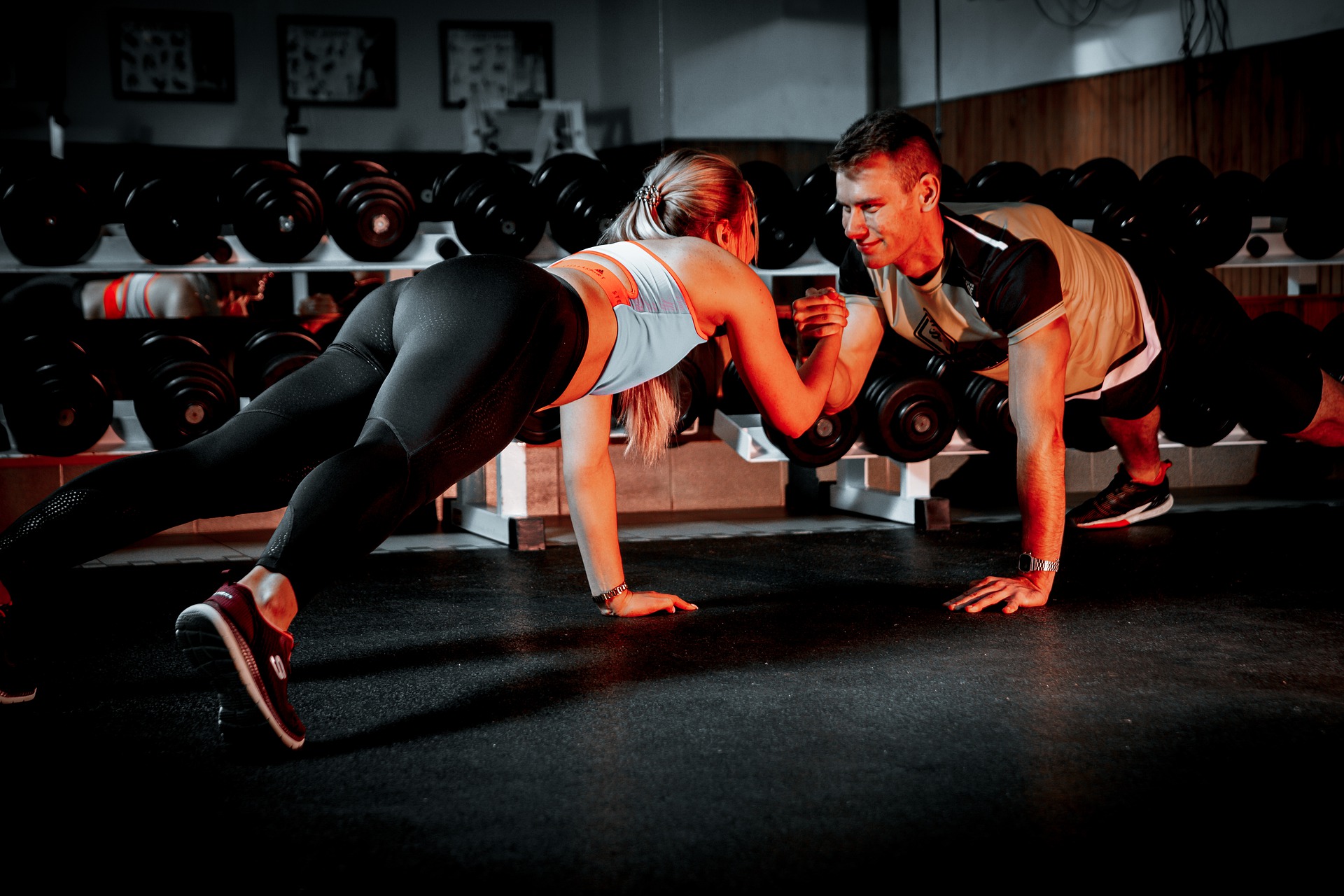Introduction Understanding and applying the guidelines and fundamentals of strength training is essential for developing an effective fitness routine. Strength training is a dynamic and transformative approach to fitness, offering
Blog
How to Perform Pull-ups?
Pull-ups are a challenging and highly effective exercise for developing upper body strength, particularly in the back, arms, and shoulders. They primarily target the latissimus dorsi muscles (lats), but also
Resistance Training Program Design Variables
Today we would like to talk aboutan important topic that is Resistance Training Program Design Variables. The popularity of resistance training has grown immensely over the past 25 years, with
Levers of the Musculoskeletal System
The body movement function that uses musculature for deliberate and organized movement in space is called locomotion. The fundamental functional difference between the muscles involved in locomotion and the muscles
Top 6 Training Principles
For getting the maximum of your training you have to apply these six important and basic principles of training – specificity, overload, progression, individualization, Adaptation, and Reversibility. Training Principle 1: Specificity The first principle
The Secret of Chinese Weightlifting Success | Chinese Olympian MA JIANGPING
IASC President Dr. Abobakr Ravand interviewed Chinese Olympian Weightlifting coach MA JIANGPING. The former Olympian has been a coach at a variety of levels for over 26 years, beginning as
Strength and Conditioning Terminology
Strength and Conditioning training has its own language to learn. For the novice who’s just started coaching, the terms that get thrown around in the gym and on strength websites
Newton’s Laws of motion and Resistance Training
Newton's laws of motion are a set of three laws that describe the relationship between an object and the forces acting on it. These laws are used to explain how
Insights Into Contrast Training
A quick hack to level up your sports performance. Many athletes are on the constant hunt to gain any edge in physical performance for both competition and training. In the
Why and How Train posterior muscles?
The posterior chain muscles live on the backside of your body and include the glutes, hamstrings, calves, erector spine, lats, and rear shoulder muscles. But What Is the Posterior Chain? The

